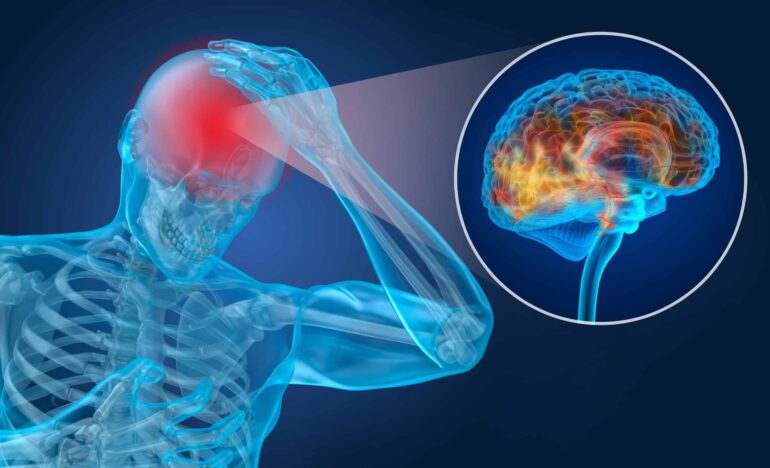TL;DR:
- Defense Department seeks advanced technology for diagnosing traumatic brain injuries (TBI) in servicemembers.
- Medical Technology Enterprise Consortium (MTEC) calls for new tech prototypes to detect, diagnose, and treat TBI cases.
- Focus areas include AI and machine learning, molecular targets, electrophysiological markers, and non-invasive monitoring devices.
- State of the Technology Meeting in 2024 to showcase innovative TBI technologies and attract potential funding.
- Organizing a panel to create a State of the Technology Report with recommendations for TBI care advancement.
- TBI affects a significant number of veterans and civilians, making this research crucial.
Main AI News:
The quest for cutting-edge technology to diagnose traumatic brain injuries (TBI) in U.S. servicemembers has led to a Defense Department-managed public-private partnership. The Medical Technology Enterprise Consortium (MTEC), a nonprofit biomedical technology consortium operating under the U.S. Army Medical Research and Development Command, has issued a sources-sought notice seeking new tech prototypes. These prototypes are intended to aid in the detection, diagnosis, and treatment of TBI cases.
The complexity of TBI’s pathophysiology and the outdated classification system of mild, moderate, and severe TBI have hindered the ability to effectively treat TBI patients. Nevertheless, early diagnosis, treatment, monitoring, and maintenance of TBI patients in the acute setting have shown the potential to significantly improve long-term functional outcomes and reduce injury severity.
To address this critical challenge, the notice is calling for project information papers outlining prototype capabilities. Both MTEC and non-MTEC members are encouraged to contribute, focusing on areas such as artificial intelligence and machine learning for assessing endpoints and providing diagnosis and treatment guidance. Additionally, research on molecular targets for diagnosing TBI, electrophysiological markers of TBI, and minimally or non-invasive devices for monitoring such markers are sought. The goal is to offer a “continuum of care from front lines to fixed hospitals.”
The State of the Technology Meeting, scheduled for early 2024, will serve as a platform for presenting these innovative technologies. Attendees will include government agencies and potential funders relevant to TBI diagnosis, monitoring, and assessment. The meeting’s intended impact is to provide valuable insights for potential future investments by the U.S. government, leading to advancements in TBI care and transforming its delivery for both military and civilian populations.
Following the meeting, an organizing panel will compile a State of the Technology Report, providing recommendations for the USAMRDC’s neurotrauma group and the Biomedical Advanced Research and Development Authority.
The scale of the problem is significant, with 10% to 15% of veterans involved in Operations Iraqi Freedom and Enduring Freedom have experienced at least one TBI during their deployment. On the civilian side, an alarming number of “at least 4.8 million people in the United States seek medical care for TBI,” according to the notice.
Conclusion:
The partnership between the Defense Department and the Medical Technology Enterprise Consortium reflects a growing focus on leveraging cutting-edge technologies, especially AI, to address the challenges of diagnosing traumatic brain injuries (TBI). The emphasis on developing innovative prototypes and gathering support from government agencies and potential funders signals a promising market opportunity for companies involved in advanced medical technology. As the demand for TBI diagnosis and treatment solutions rises, businesses at the forefront of this research may find substantial growth opportunities and contribute significantly to improving care for both military and civilian populations affected by TBI.

